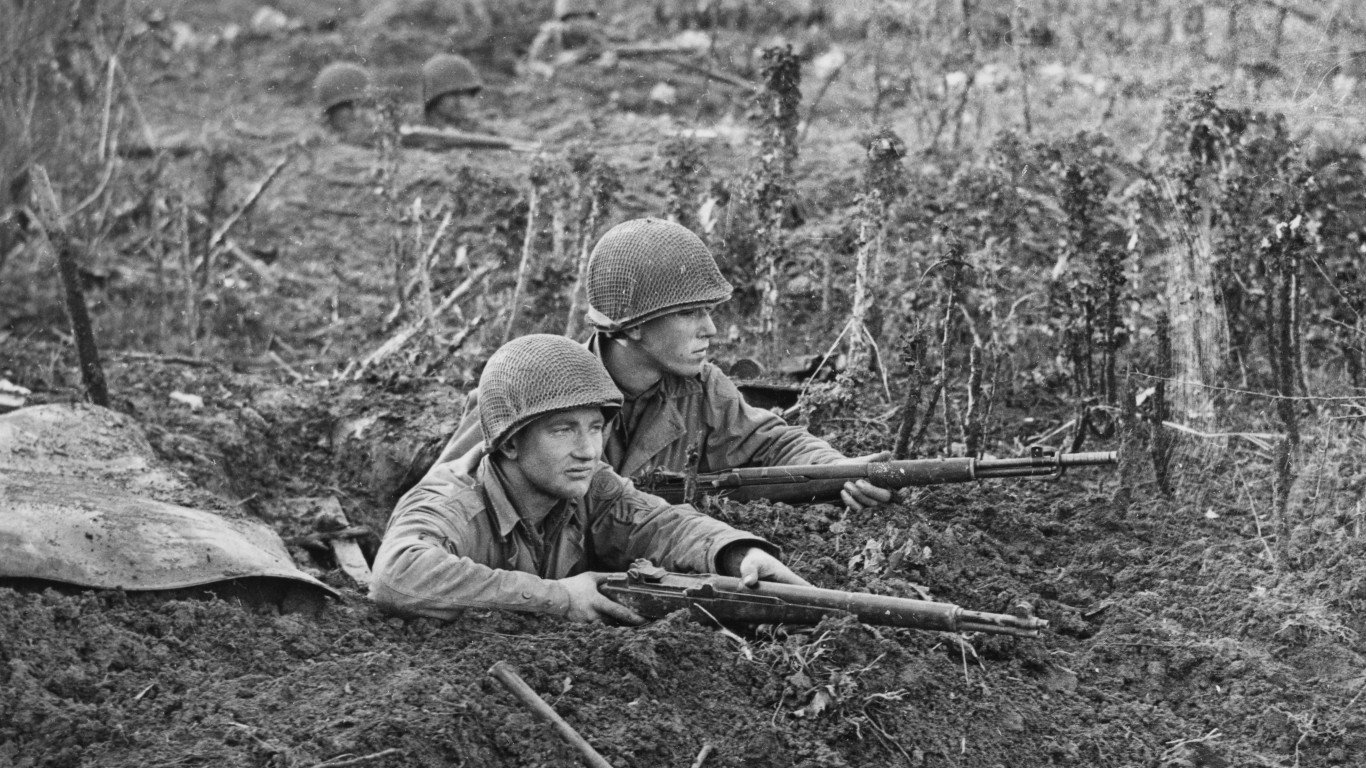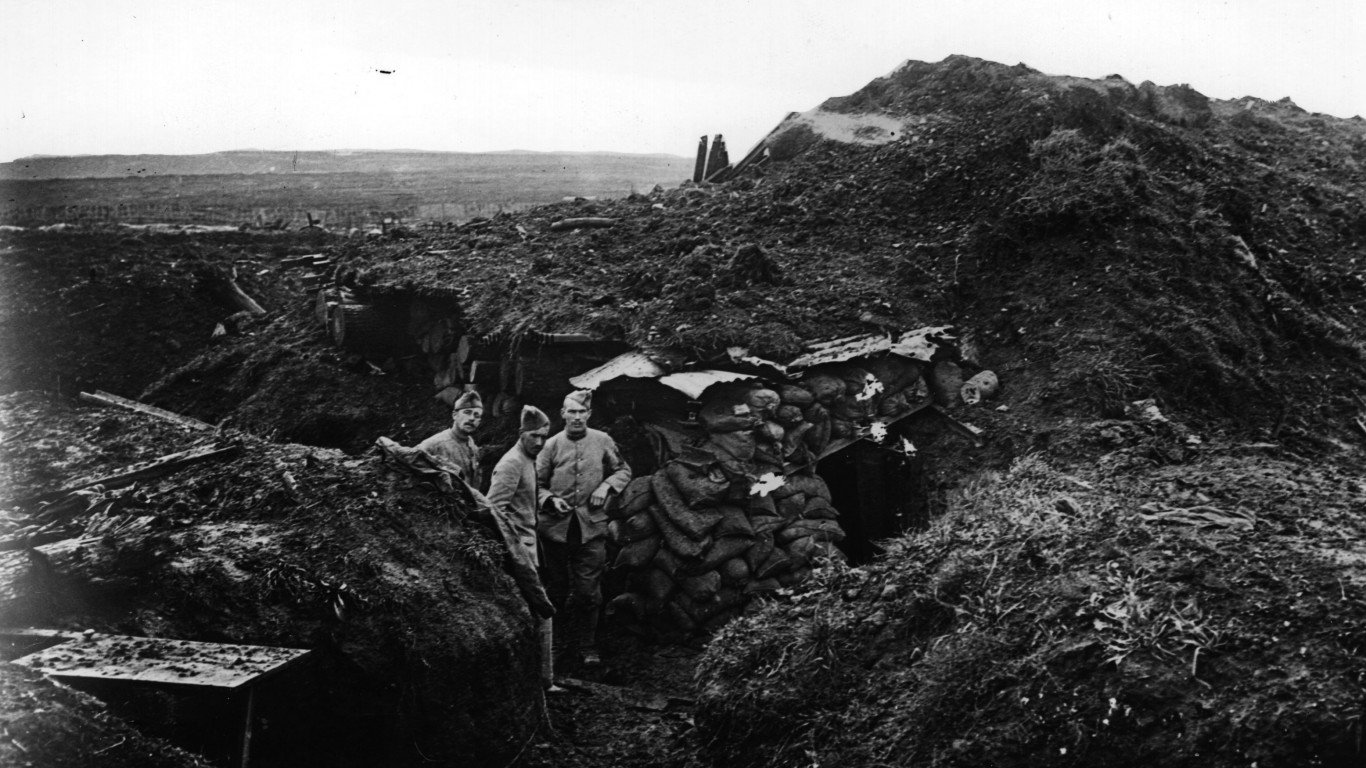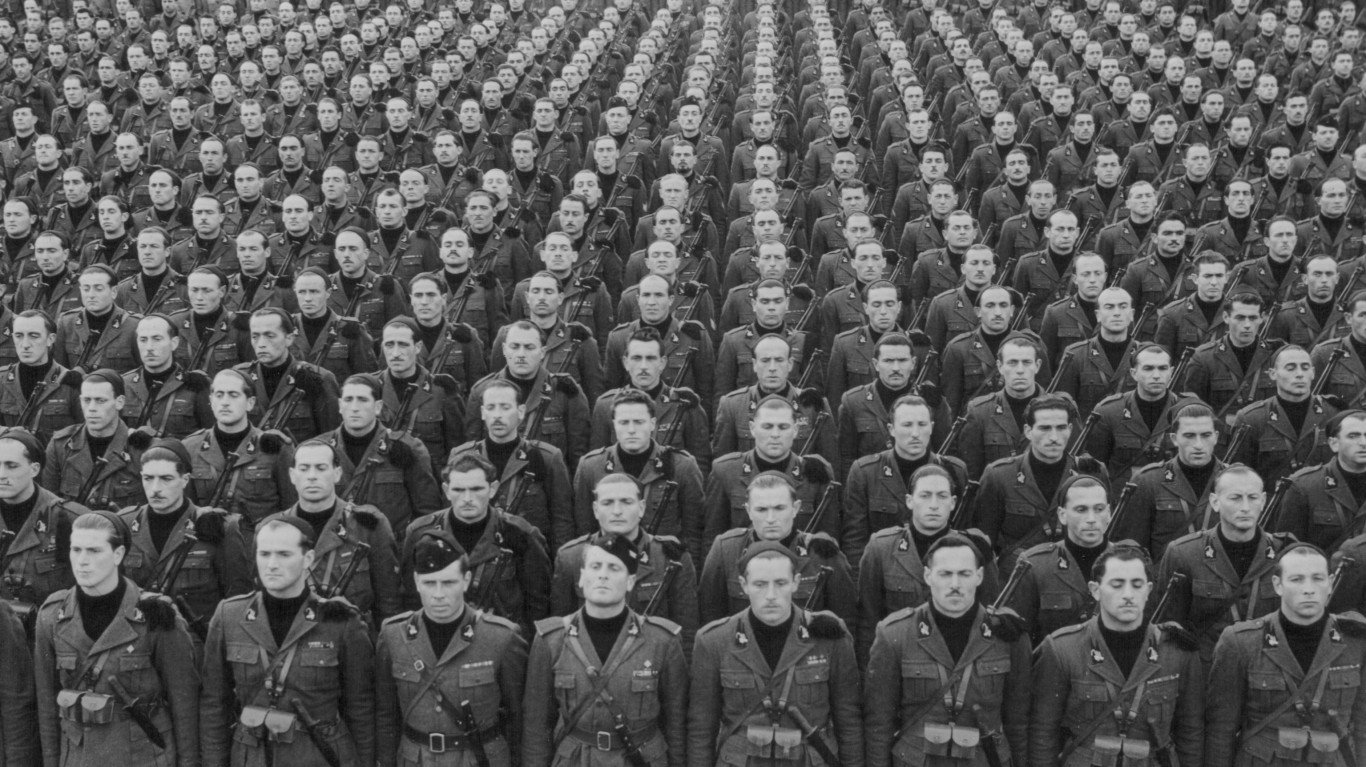

Using pigeons to carry important messages, especially during wartime, has been around for thousands of years. There is evidence that the Ancient Egyptians used pigeons to carry messages as far back as 3,000 BCE. While the information we have on the ancient use of pigeons is scant, we do know they have formed an important aspect of military and espionage communications for a long time.
In ancient times, Cyrus, King of Persia used homing pigeons to administrate his empire, and there are records that Julius Caesar, sent messages to Gaul using homing pigeons.
Carrier vs. Homing/Mail/Messenger Pigeons

You might have heard the terms carrier pigeons, homing pigeons, and mail or messenger pigeons used interchangeably, but they are very different things and refer to different animals or functions. Even in official documents or online articles, the names of these birds often get confused with their function.
When we refer to pigeons used to carry messages during battles or wartime, we are almost always referring to the homing breed of pigeon, the Homing Pigeon. These birds are popularly used in races and other hobbies, so their colloquial names change based on their job. When they’re used to carry war messages, they’re called war pigeons. When they race, they’re called racing pigeons, and so on.
When you hear the term ‘carrier pigeon’, it can be referring to a couple of different things. First, it can refer to the English Carrier Pigeon, which is a specific breed of pigeon but is not used for carrying messages. It is also used casually to refer to any pigeon that carries something. However, if you want to avoid confusion, you should refer to the birds by their actual species name, or their official titles and roles.
English Carrier Pigeons and Homing Pigeons are both descendants of a common ancestor, but the “homing” instinct was gradually bred from the English Carrier Pigeon, leaving the Homing Pigeon as the only one with a powerful enough homing sense to be useful for carrying messages, racing, and other jobs.
The Advantage of War Pigeons
As the armies of the world grew in size and complexity, the battlefields on which they fought also grew to immense sizes. Battles that were once contained to a single valley or city expanded to many cities and entire countryside. Subsequently, the need for quick and reliable communication grew as well.
Commanders used to be able to communicate with their armies with flags, horns, or lights. In certain circumstances, runners were used to ensure a message was delivered. When the commander in chief of a nation’s armed forces actually fought in battles personally, this was usually sufficient since there was no need for rapid communication outside the battle until it was concluded.
When commanders needed to coordinate multiple armies across large fronts, along with their logistics, and multi-year campaigns, war pigeons became vital to communications. They were quick, reliable, cheap, and quiet. War pigeons could reliably carry a detailed message to a specific person or place and return with vital information the commander needed to make informed tactical decisions.
Fighter pilots up until World War II would carry a homing pigeon with them just in case they were shot down and had no way to call for help. Almost every unit in the modern era of war would take at least one homing pigeon with them in case they needed to send a critical message at any time.
War pigeons became so important, in fact, that wounding or killing one during World War I would get you thrown in prison or fined. Some of the most successful pigeons even received medals or commendations for their service. Despite their widespread use and critical nature, only a few received notoriety for particularly impactful flights or distinguished service. It is reasonable to say that if one side in any war made use of homing pigeons while the other side did not, it would be significantly harder for the other side to compete and emerge victorious. That’s why it was common practice for ground forces to attempt to shoot down passing war pigeons if they belonged to the enemy.
#4 Battle of Verdun – World War I

Homing pigeons were particularly valuable during the First World War and by the end of the conflict, the U.S. Navy had 1,508 pigeons in service in France and used over 600 pigeons in the French theater alone. When it came to the Battle of Verdun, reliable information was crucial to saving lives and making progress against the other side. The Battle of Verdun is one of the longest and deadliest wars in all of human history. Over 140,000 Germans and 160,000 French forces died over the course of the battle that lasted almost a year.
During this battle, many pigeons were used on both sides, but one in particular, a Blue Check pigeon named Cher Ami, was given a French medal, the “Croix de Guerre with Palm” because it successfully delivered 12 high-importance messages to the French forces. It is reasonable to say that many more thousands of soldiers would have died, and the tide of the battle might have changed, if not for the service of pigeons.
#3 Meuse-Argonne Offensive – World War I

This same pigeon, Cher Ami, also received the Medal of Bravery for his service during the Meuse-Argonne Offensive.
The Meuse-Argonne Offensive was one of the last large Allied offensives of World War I. It remains the largest and most deadly offensive in United States history, in fact. During this battle, Major Charles White Whittlesey, an American officer, became trapped behind enemy lines with over 550 of his men. They were surrounded and unable to escape. Because Allied forces didn’t know where they were, artillery that was meant to support their escape actually ended up landing on top of them. Over time, and without food or ammunition, the men died until only 194 were left. Major Whittlesey tried to send messages with runners, but they were spotted and shot. He tried to send messages with two other pigeons, but they were also spotted and killed.
Finally, he sent a third message with Cher Ami reading, “We are along the road parallel to 276.4. Our own artillery is dropping a barrage directly on us. For heavens sake stop it.”
The Germans spotted Cher Ami and opened fire. He was shot down but managed to continue flying. He made the 25-mile journey in just 25 minutes even though he was shot through the breast, and leg, and was blinded in one eye. The message he carried was barely hanging on to a destroyed leg by only a tendon. The message he delivered saved the lives of the 194 trapped men.
#2 Calvi Vecchia, Italy – World War II

Calvi Vecchia wasn’t a battle, but a small engagement between United States and German Forces during the Italian Campaign.
United States forces had called for air support to destroy a German position in the city of Calvi Vecchia. This air support would have included heavy bombing that was intended to eliminate German forces. However, the 169th London Infantry Brigade attacked the town and eliminated the Germans far ahead of schedule, before the air support had been dispatched. They were unable to use their unit radio to report that they had taken the position, and so they feared they might be hit by the Allied air support instead. They ended up sending a carrier pigeon named G.I. Joe who made the 20-mile journey in just 20 minutes. He arrived just moments before the Allied planes were about to take off, saving the soldiers in the town.
#1 Siege of Paris – Franco-Prussian War

Our last example of battles that were significantly altered by messenger pigeons, is the Siege of Paris during the Franco-Prussian War. This long siege was the culmination of the long and bloody war that saw Napoleon III captured and the rise of the German Empire.
Initially, the besieged citizens of Paris relied on balloons to get mail in and out of the city, but they began to send pigeons too, which quickly became the primary source of news regarding the outside world for the people within the city. They were originally used for official communications, but after initial success, the government allowed normal citizens to send regular messages. The French government was able to coordinate business within the city and keep tabs on the status of the city through over 60,000 official messages that made it over the Prussian lines. Each message was copied multiple times, just to be safe, meaning that 150,000 official and around 1 million private messages were successfully sent or received. Without such a huge volume of information, the death toll in the city might have been much higher.
Sponsored: Want to Retire Early? Here’s a Great First Step
Want retirement to come a few years earlier than you’d planned? Orare you ready to retire now, but want an extra set of eyes on your finances?
Now you can speak with up to 3 financial experts in your area for FREE. By simply clicking here you can begin to match with financial professionals who can help you build your plan to retire early. And the best part? The first conversation with them is free.
Click here to match with up to 3 financial pros who would be excited to help you make financial decisions.
Thank you for reading! Have some feedback for us?
Contact the 24/7 Wall St. editorial team.




